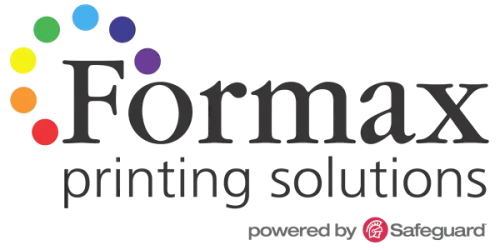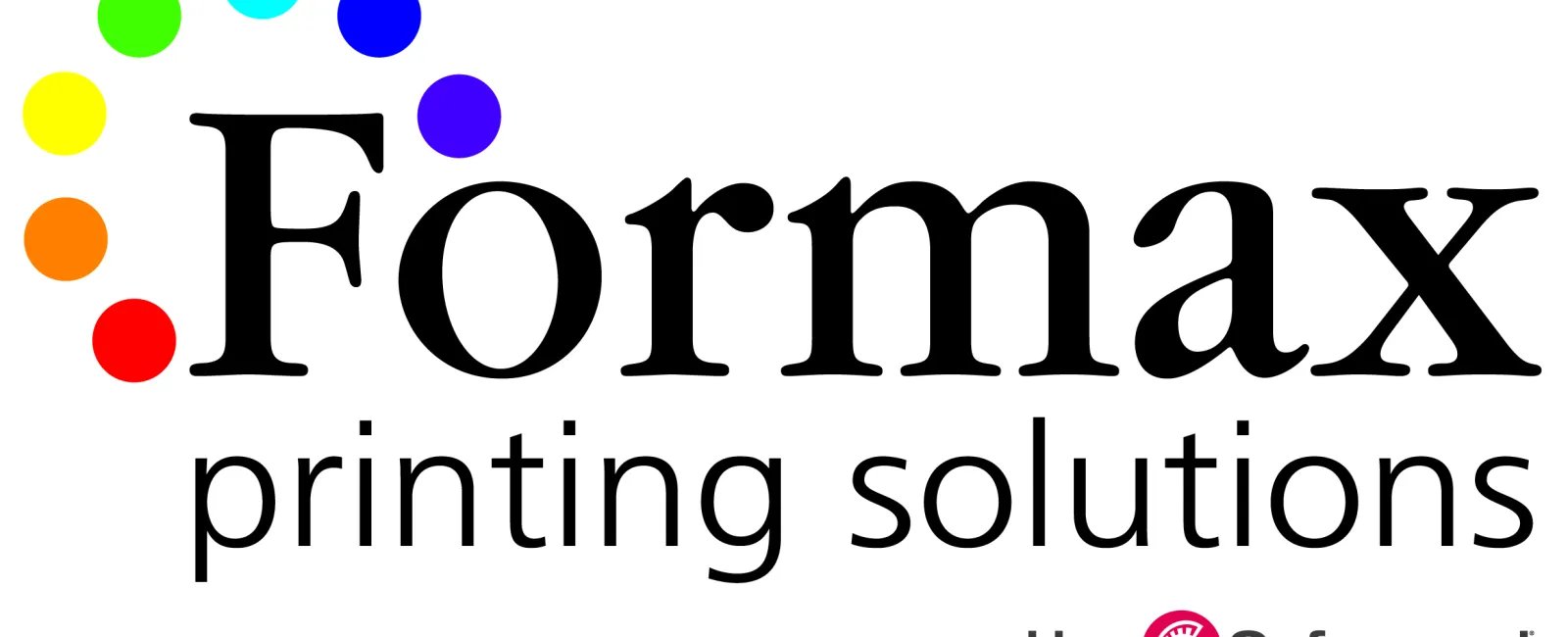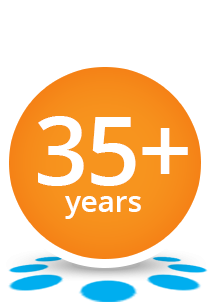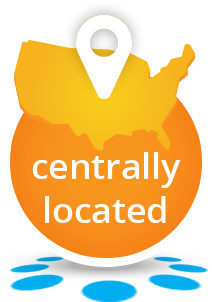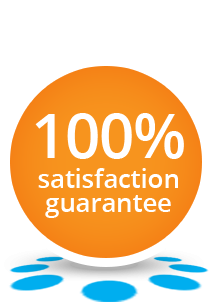
As a book printer, I receive quote requests for all types of printed books. Since an accurate quote is based upon accurate specifications, my clients and I both have important roles in the quoting process. The client's role is to relay all of their book's specifications and my role is to ask follow-up questions to ensure my understanding of these specifications.
I wrote today's article because, in my experience, there is one particular book specification that is frequently miscommunicated: the book's Page Count. I think the confusion stems from the fact that what a book printer calls a Page might not be what the average person calls a Page.
For example, open up a book and flip through it. As the sheets flip by, notice that each sheet has two sides. Your printer refers to each side of these sheets as a separate page. So to a book printer, every sheet within the book represents two pages. However, those new to book printing often refer to each sheet within the book as one page.
Even if a sheet in the book is blank on one side, or is blank on both sides, your printer will count it as two pages. Thus, there will always be twice as many pages as there are sheets within a book. This is true whether the book is perfect bound, spiral bound, saddle-stitched, or any other style of book.
So when you request a quote on a book project, please make sure you and your printer understand the proper page count. Otherwise the price quote will not be accurate. Just remember that each side of the sheets within a book counts as one page: 100 sheets = 200 pages.
If you have additional questions about a book's Page Count, or questions about any other book specification, just give Formax a call. We've been printing books for 25 years and can definitely provide any help you may need.
Take care! Rick
